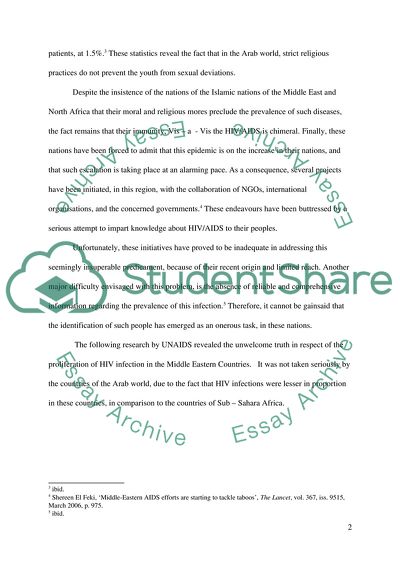Cite this document
(HIV and AIDS as a Taboo of the Arab World Essay Example | Topics and Well Written Essays - 2500 words, n.d.)
HIV and AIDS as a Taboo of the Arab World Essay Example | Topics and Well Written Essays - 2500 words. https://studentshare.org/health-sciences-medicine/1562051-hiv-and-aids-the-taboo-of-the-arab-world
HIV and AIDS as a Taboo of the Arab World Essay Example | Topics and Well Written Essays - 2500 words. https://studentshare.org/health-sciences-medicine/1562051-hiv-and-aids-the-taboo-of-the-arab-world
(HIV and AIDS As a Taboo of the Arab World Essay Example | Topics and Well Written Essays - 2500 Words)
HIV and AIDS As a Taboo of the Arab World Essay Example | Topics and Well Written Essays - 2500 Words. https://studentshare.org/health-sciences-medicine/1562051-hiv-and-aids-the-taboo-of-the-arab-world.
HIV and AIDS As a Taboo of the Arab World Essay Example | Topics and Well Written Essays - 2500 Words. https://studentshare.org/health-sciences-medicine/1562051-hiv-and-aids-the-taboo-of-the-arab-world.
“HIV and AIDS As a Taboo of the Arab World Essay Example | Topics and Well Written Essays - 2500 Words”. https://studentshare.org/health-sciences-medicine/1562051-hiv-and-aids-the-taboo-of-the-arab-world.


